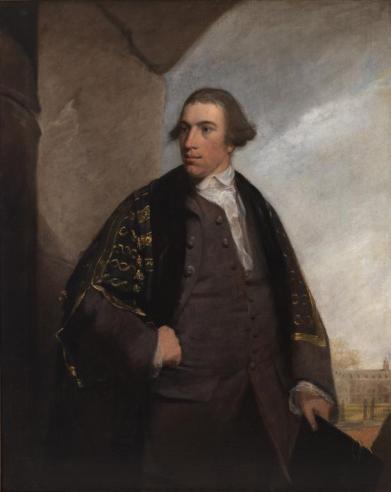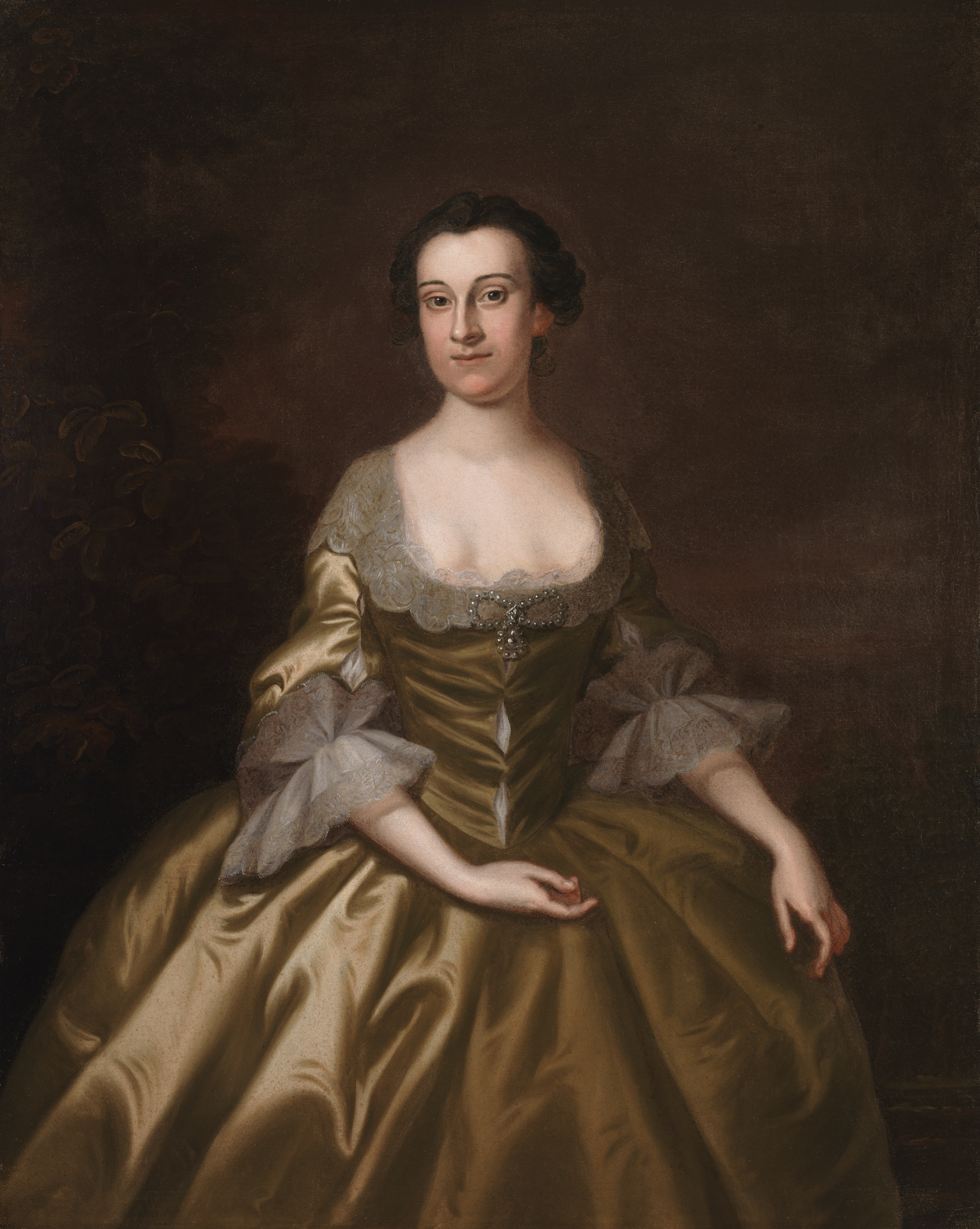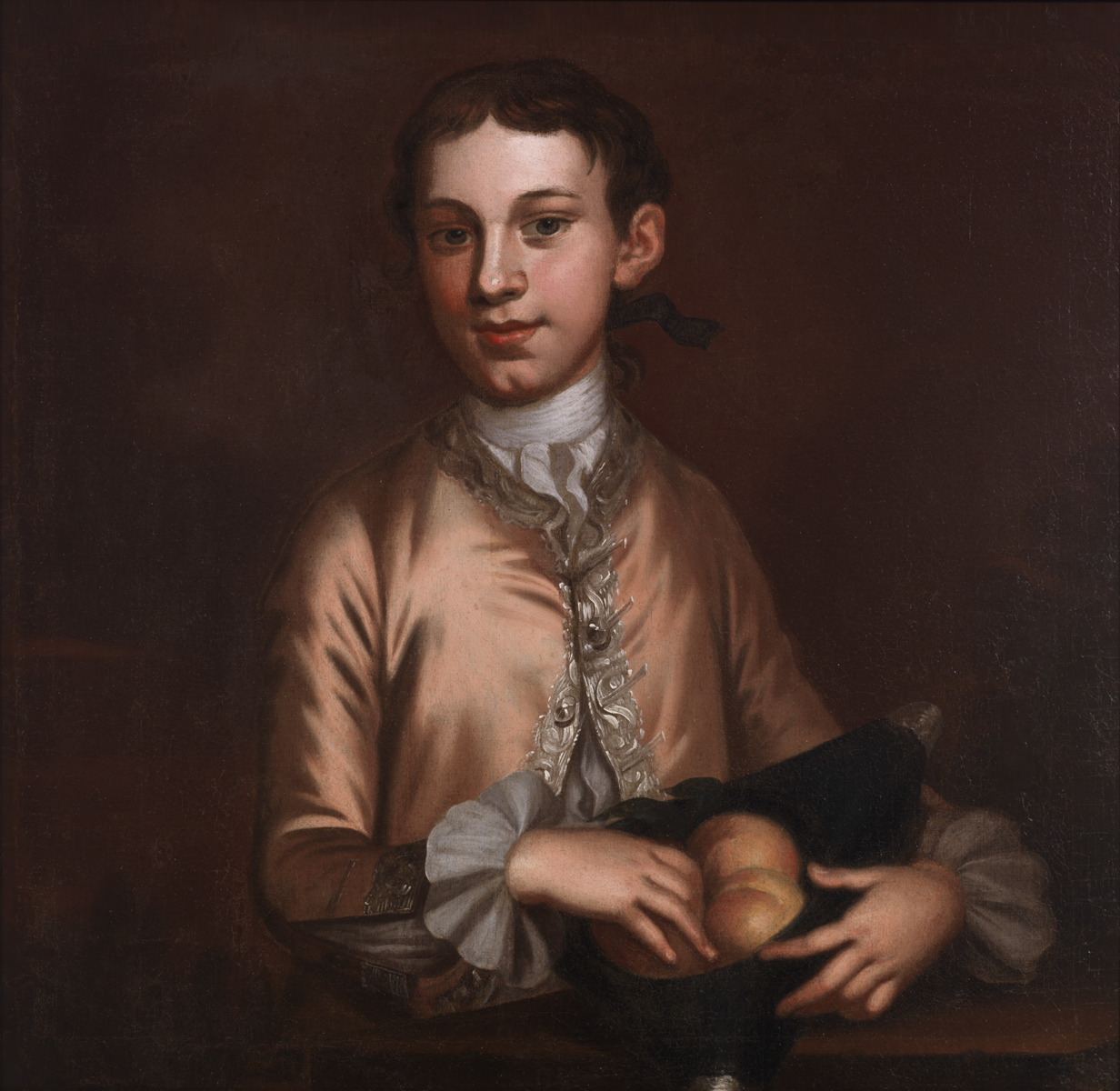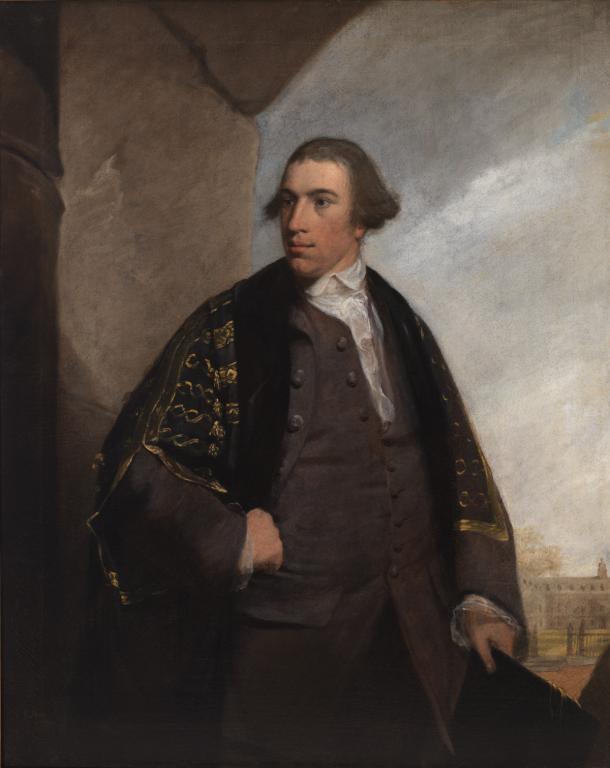Wormeley Family
 The Wormeley family was one of the earliest to achieve prominence in Virginia. The first Ralph Wormeley, resident in the colony in 1636, welcomed Royalist emigres as "guests in his house" on the York River in 1649. Before his death two years later, he relocated the family seat to Rosegill, in Middlesex County. There his widow remained with her second husband, Sir Henry Chicheley, governor of the colony. Another early governor, Francis, Lord Howard of Effingham, used the family seat as a summer retreat in the 1680s, evidence that under its third owner, Ralph Wormeley II, this complex of wooden buildings remained a haven of gentility in the frontier wilderness. It was probably Ralph Wormeley IV who erected the range of mid-eighteenth-century brick buildings that survives today at Rosegill.
The Wormeley family was one of the earliest to achieve prominence in Virginia. The first Ralph Wormeley, resident in the colony in 1636, welcomed Royalist emigres as "guests in his house" on the York River in 1649. Before his death two years later, he relocated the family seat to Rosegill, in Middlesex County. There his widow remained with her second husband, Sir Henry Chicheley, governor of the colony. Another early governor, Francis, Lord Howard of Effingham, used the family seat as a summer retreat in the 1680s, evidence that under its third owner, Ralph Wormeley II, this complex of wooden buildings remained a haven of gentility in the frontier wilderness. It was probably Ralph Wormeley IV who erected the range of mid-eighteenth-century brick buildings that survives today at Rosegill.
The second Ralph Wormeley (1650–1701) did much to ensconce the family dynasty in Virginia. Well educated in England, he collected 375 books to form a library at Rosegill of extraordinary size and breadth for its time and place. English in his manners and philosophy, he also collected fine Old-World furnishings, including silver marked with the family crest. Called by contemporaries "the greatest man in the government, next the governor," Ralph Wormeley II established a family tradition of political service. His example of scholarship and connoisseurship would be emulated by his successors, including his great-grandson, of whom two portraits are exhibited here.



